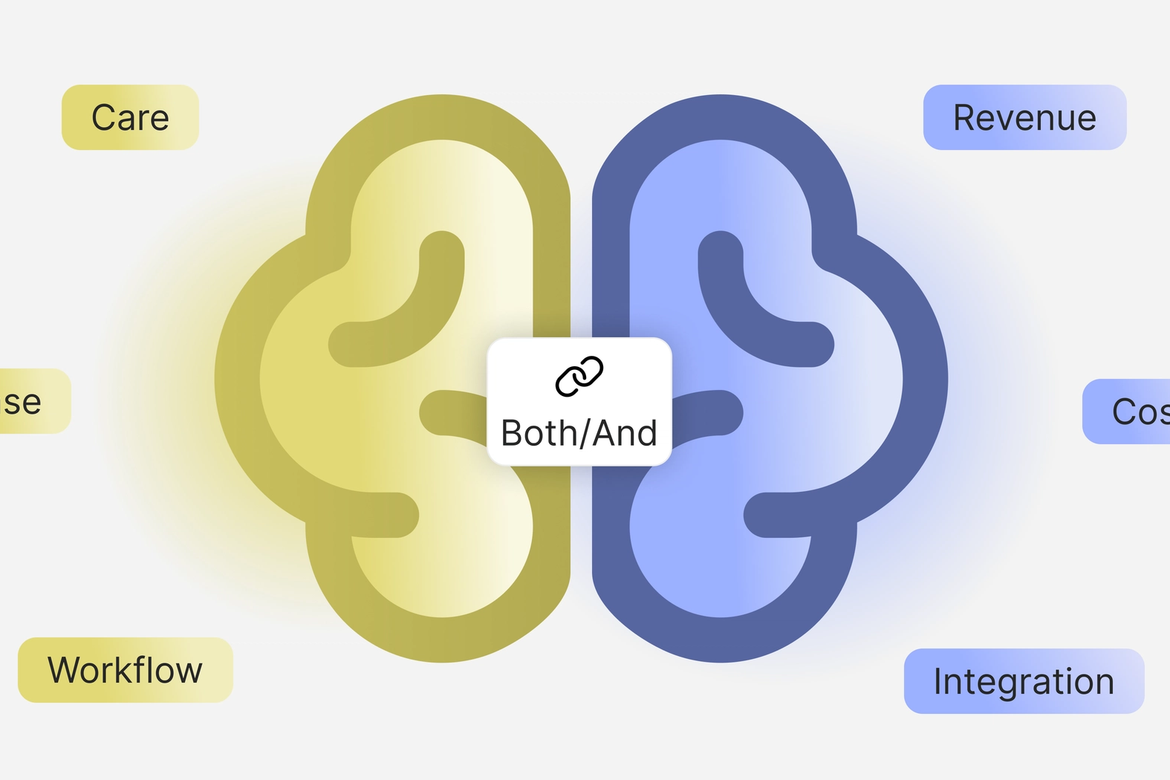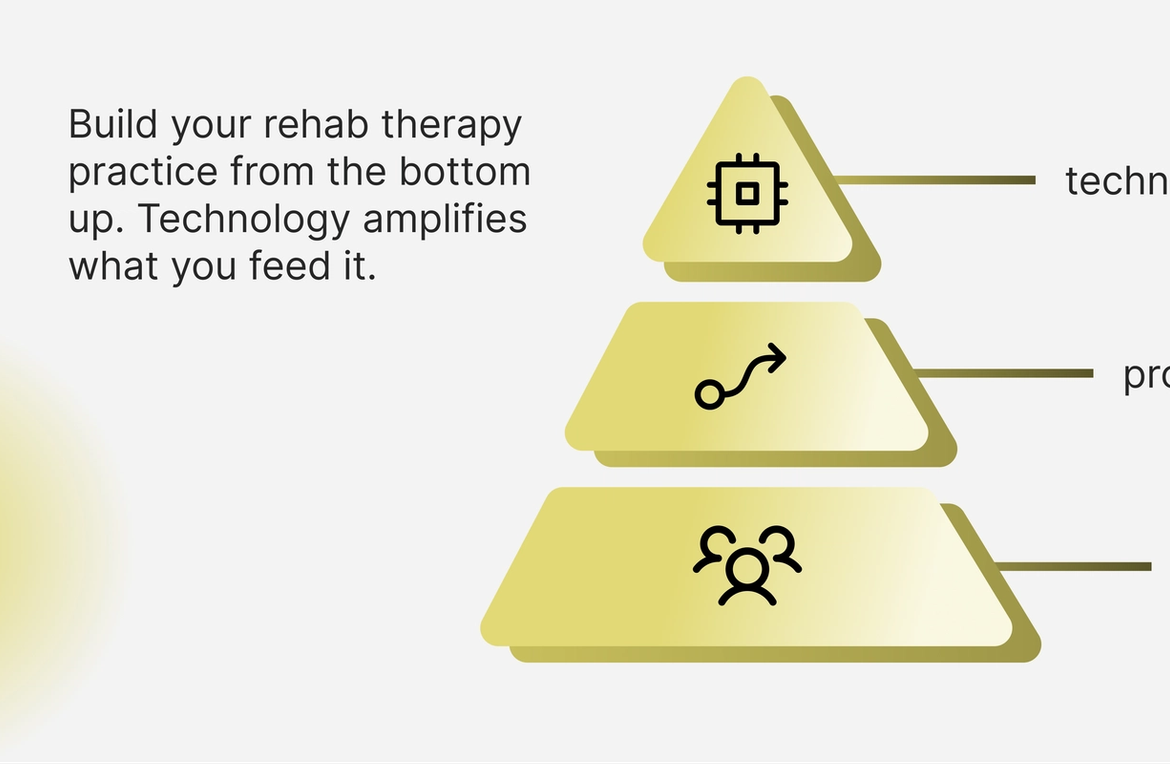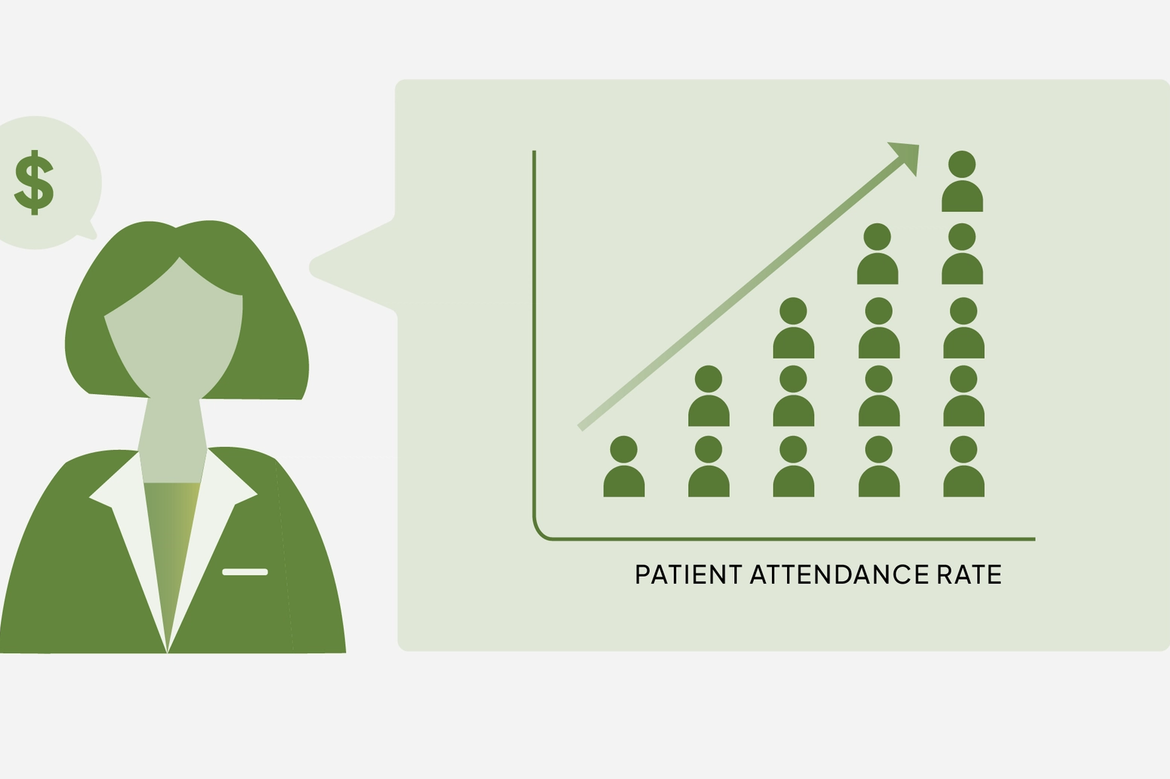Blog
What’s happening at Indie.
Stay informed with insights on how to transform your independent healthcare practice.
Featured

Tuesday, December 2, 2025
Ernie Beltz loves technology. His wife and business partner, Debbie Garcia-Beltz, does not.
"I'm probably not as tech-savvy as I should be at this point in my life," Debbie admits. As an occupational therapist with over two decades of experience, she spent most of her career writing reports manually, scoring tests by hand, and using Word documents because "that was technology" to her generation of clinicians.

Thursday, November 6, 2025
When Jerry Durham was contemplating whether to take his physical therapy practice out of network in the mid-2000s, all of his peers told him he shouldn’t do it. After all, why would patents pay out of pocket when they could get the same thing covered by insurance?

Thursday, October 23, 2025
Rehab practices can prevent churn by hiring salespeople instead of customer service reps for their front desk.

Eddie Czech
Wednesday, December 17, 2025

Eddie Czech
How to Cut Documentation Time by 50% Without Sacrificing Care Quality
Randi Spence, a partner and clinic director of a multi-location rehabilitation practice in Texas, had two therapists leave late last year, leaving her clinic short-staffed while onboarding new graduates. Her patient load climbed. Her documentation followed her home. It’s a problem familiar to most outpatient clinic directors.
Friday, July 25, 2025

Eddie Czech
25% of Your Budget Goes to Admin Work Your Staff Hates — Here’s How to Fix It
Indie Health CTO Eric deRegt’s 4-stage framework helps rehab practices evaluate and choose the right AI solutions to eliminate administrative chaos.
